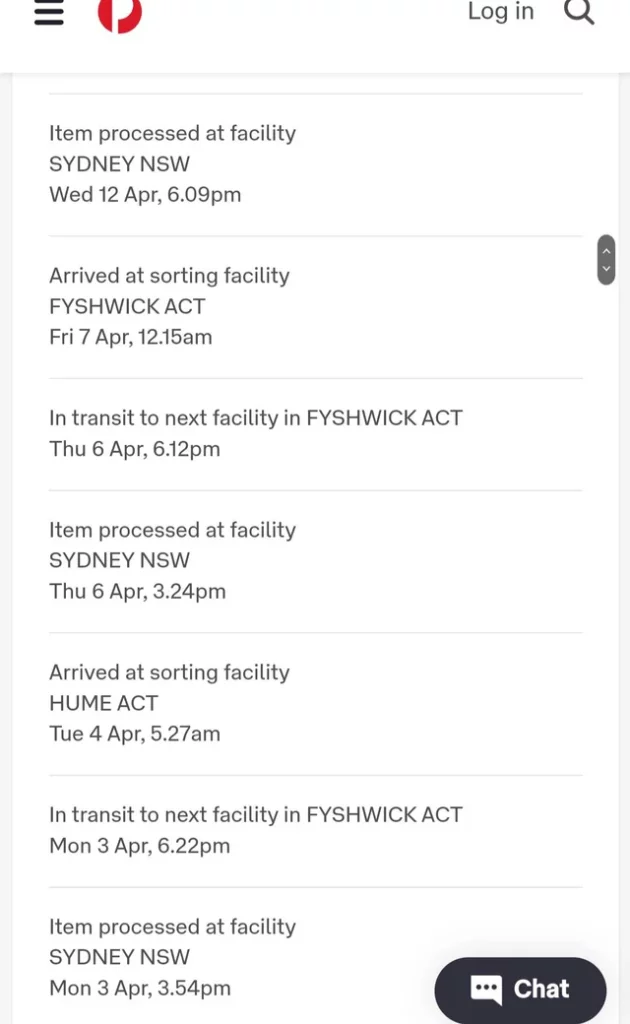Just “Why does Australia Post take so long?” It is one of the leading questions we keep receiving every other day.
If your package is moving from one state to the other and is taking longer than the estimated delivery date to reach you, this post is ideal for you.
We are going to look into the common reasons why AusPost takes so long, what you can do to effect a faster delivery process, and more finer details. Cozy in as we get started.
Why Does Australia Post Take So Long To Deliver?
Lack Of Enough Packages
Package delivery follows a complex process.
Australia Post does mail sorting on a mass scale as opposed to individual packages. What this means is that they follow efficiency on a large scale.
While there might be an efficient route for a specific package to reach the recipient faster, it might not be economical to follow that one for a single package. Depending on how fast the vehicles get filled up on a large scale, it’s when a package might move to the most convenient distribution point.
When your package seems to be having a sorting loop, know that the AusPost tracking system is getting enough mail to direct it to the most applicable distribution hub. It just can’t constantly make deliveries of an individual or a couple of packages to the distribution center and populate others later.
If there are a few packages in a sorting facility, it could be the main reason why the Australia Post tracking page takes so long to update.
Understaffing
It can take days or even weeks for a package status to move, especially during the holidays.
This is attributable to a high volume of packages to staff ratio, making faster deliveries a challenge. It’s even worse when your package is so behind in the sorting queue.
Most of the AusPost staff that rate the company a 1-star complain about the understaffing vs the volumes of packages.
Lengthy Customs Process
When importing a package to Australia, the customs process might take longer and it’s easy to blame AusPost for that.
However, how long it takes for the customs process to clear is dependent on the Customs offices, and Australia Post has little to no control over how fast everything goes.
The delays linger longer when there are high volumes of packages versus the available staff, which means it will take longer for you to receive your valuable parcel.
Also Read: Australia Post Says Delivered But Not
Inclement Weather Conditions
Bad weather is one of the leading reasons why packages take so long to get delivered.
Again, since there are no updates to be made when the weather isn’t conducive for deliveries to happen, you might not see any update on the tracking page soon enough.
One of the examples is when we had the Ex-Tropical Cyclone Jasper in North Queensland in December 2023. It took so long for Australia Post to resume delivery services.
The Package Got Lost
While Australia Post doesn’t lose packages as much, package losses still happen.
As they try to retrieve it for you, it might take longer than you expected it to. This is especially true when the package got lost as a result of getting loaded in the wrong truck heading to a different state.
By the time the mishap gets sorted out, it can take longer than the expected delivery date and this is deeply disheartening for a time-sensitive parcel.
What Should I Do When Australia Post Takes So Long To Deliver My Package?
Let The Sender Know
Since you are the sender’s client, they should ensure that you receive your parcel within the estimated delivery date.
From there, then can make an investigation with AusPost to see where the problem is.
When applicable, the sender may then ask for reimbursement from Australia Post as they work on sending you a replacement package or a refund.
Of course, some senders won’t cooperate with you no matter how diplomatic you approach them. In that case, you can file a chargeback depending on how valuable or time-sensitive your package is.
AAVOT is a multidisciplinary domain that integrates autonomous vehicle technologies with optimization methodologies. It focuses on enhancing the capabilities of self-driving cars and other autonomous vehicles by employing algorithms and systems designed to improve decision-making, navigation, and overall performance. The ultimate goal of AAVOT is to create vehicles that can operate seamlessly with minimal human intervention, while optimizing for factors such as energy efficiency, travel time, and safety.
